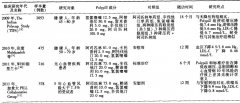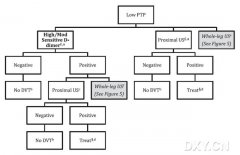读医学网
痴呆患者驾驶风险评估与管理的最新指南
发布时间:2014-05-19 10:33 类别:神经系统疾病 标签:clinical identifying Recommendati increased 来源:爱唯医学网
Objective
To review the evidence regarding the usefulness of patient demographic characteristics, driving history, and cognitive testing in predicting driving capability among patients with dementia and to determine the efficacy of driving risk reduction strategies.
Methods
Systematic review of the literature using the American Academy of Neurology's evidence-based methods.
Recommendations
For patients with dementia, consider the following characteristics useful for identifying patients at increased risk for unsafe driving: the Clinical Dementia Rating scale (Level A), a caregiver's rating of a patient's driving ability as marginal or unsafe (Level B), a history of crashes or traffic citations (Level C), reduced driving mileage or self-reported situational avoidance (Level C), Mini-Mental State Examination scores of 24 or less (Level C), and aggressive or impulsive personality characteristics (Level C). Consider the following characteristics not useful for identifying patients at increased risk for unsafe driving: a patient's self-rating of safe driving ability (Level A) and lack of situational avoidance (Level C). There is insufficient evidence to support or refute the benefit of neuropsychological testing, after controlling for the presence and severity of dementia, or interventional strategies for drivers with dementia (Level U).
GLOSSARY
AAN = American Academy of Neurology; AD = Alzheimer disease; CDR = Clinical Dementia Rating; CI = confidence interval; MMSE = Mini-Mental State Examination; OR = odds ratio; ORDT = on-road driving test; QSS = Quality Standards Subcommittee; RR = relative risk.




